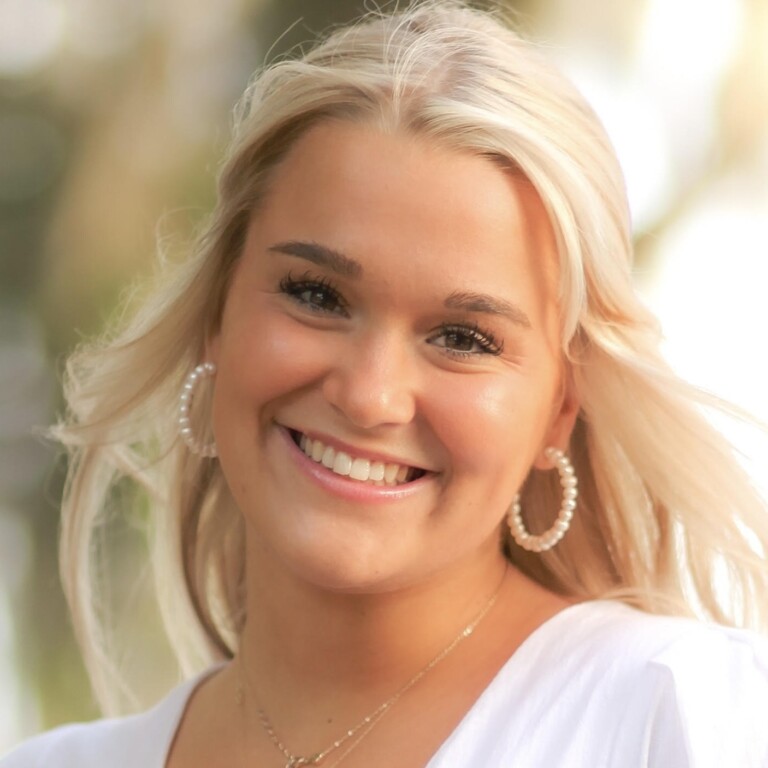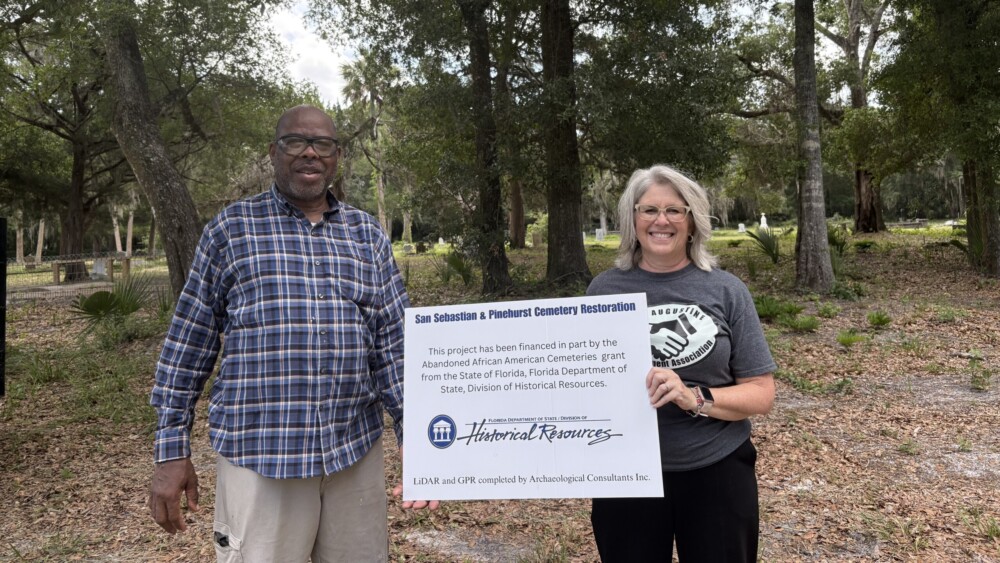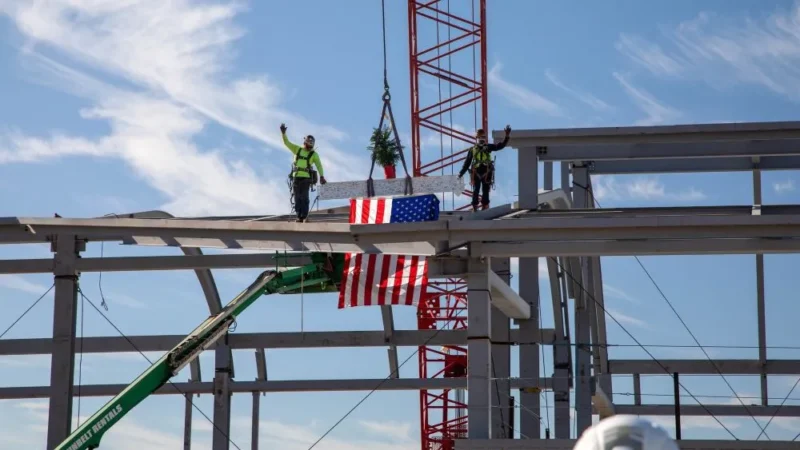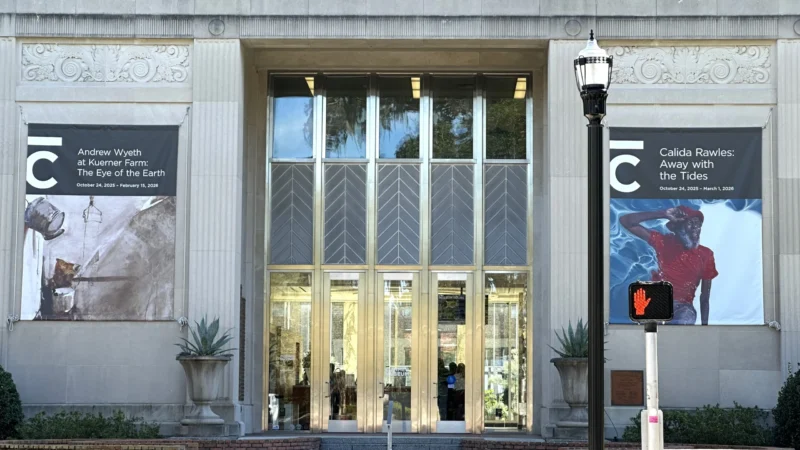A nonprofit working to maintain and preserve the Pinehurst and San Sebastián cemeteries is putting a grant from the Florida Department of State Division of Historical Resources to work to help locate unmarked graves and detect the original boundaries of the cemeteries.
The cemeteries, located on West King Street in St. Augustine, are believed to be two of the oldest segregated cemeteries in the state of Florida, with graves dating back to the 1800s.
The West Augustine Improvement Association was awarded $39,000 in May for the effort through a new Abandoned African American Cemeteries Grant program.
After bringing on Lisa Lewis as a volunteer grant writer, the association received 11 letters of recommendation from community members and local officials advocating on the group’s behalf.
“People in the county and some of the commissioners wrote letters for us and we’re just grateful for that,” Lewis said.
San Sebastián, the older of the two cemeteries, was established in 1886 with the first burial believed to have been a few years prior in 1879. Its neighbor, Pinehurst Cemetery, was established in 1914, according to the Florida Public Archaeology Network.
The association’s goal is to identify the original, historic boundaries of the cemetery, many of which have been lost as vegetation has taken over, as well as locate unmarked grave sites. This is done through two different means: GPR, or ground penetrating radar, and LiDAR, light detection and ranging.
“We used GPRs to find the boundaries. That is pretty much what that dollar amount of grant will get us,” Lewis told Jacksonville Today.
The association partnered with Archaeology Consultants Inc. to produce a preliminary report using the GPR and LiDAR data. The report found more than 90 unmarked graves bordering the cemeteries with more suspected within the grounds.
Before the grant, the original boundaries of the cemetery were unconfirmed, raising concerns among volunteers that driving and walking paths may unknowingly cross over grave sites.
“One of the other goals that we had besides just finding the boundaries was to figure out if we should be driving in and out or not,” Lewis said.
One of the main walking paths within the cemetery goes down the middle of the cemetery. The preliminary report detected unmarked graves beneath the entirety of the path.
“After a while, the markings decay and go away, and then you don’t know who was buried there,” association spokeswoman Sine Boe says.
The next step for the WAIA is seeking local, state and national historic designations for the two cemeteries. And there is still much unknown within the cemeteries that will require more funding to uncover.
Prior to receiving the grant, the cemetery project relied on a GoFundMe campaign for funding. With the work behind it, the association hopes to eventually create a sustainable cash flow for maintaining the cemeteries by developing adjacent land, says association President Willy Cooper Sr.
“We hope to do more, but the more you do, the more it costs,” Cooper says.







